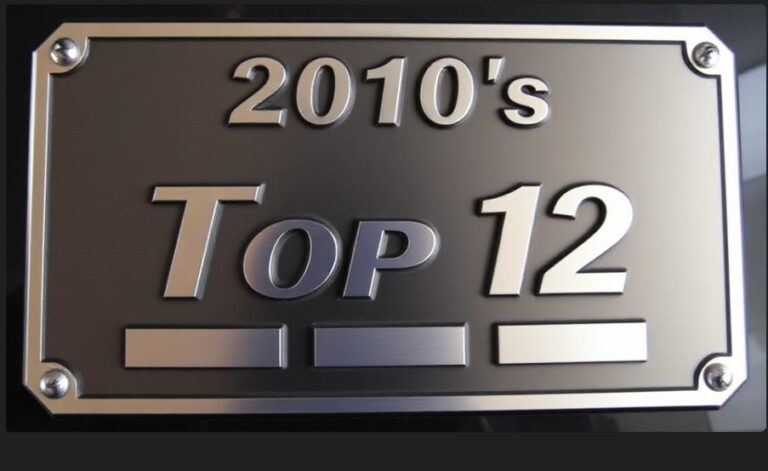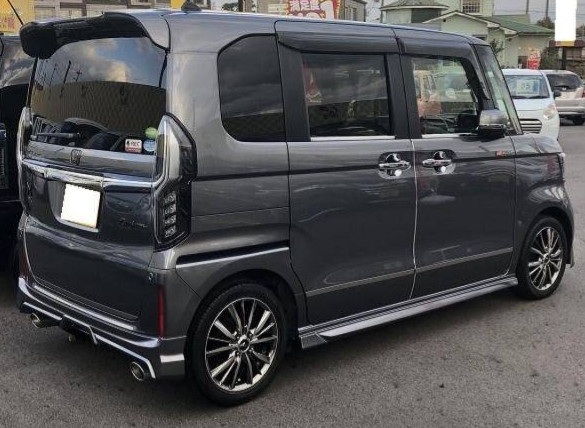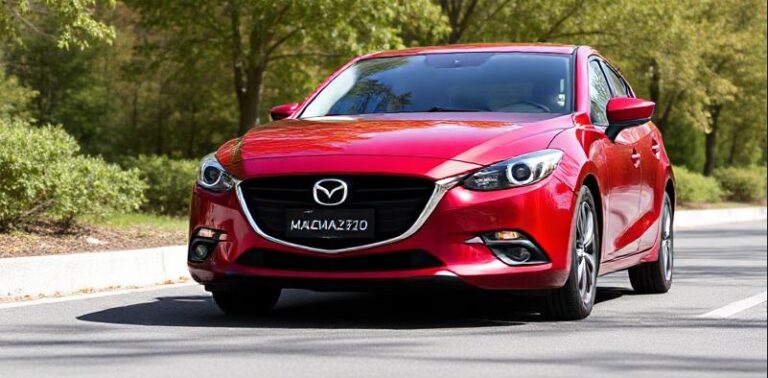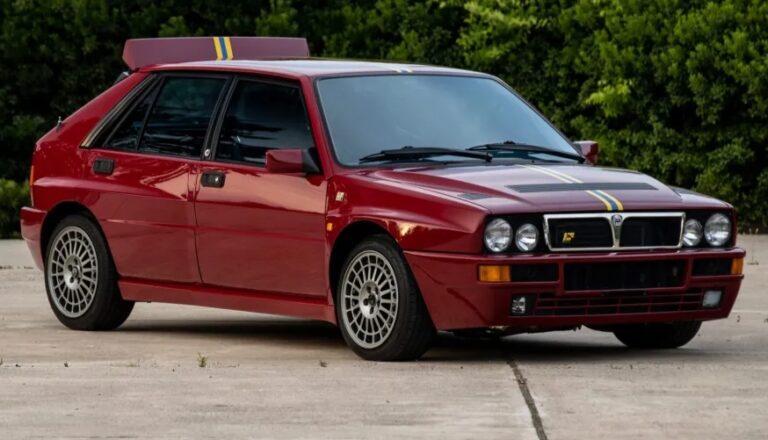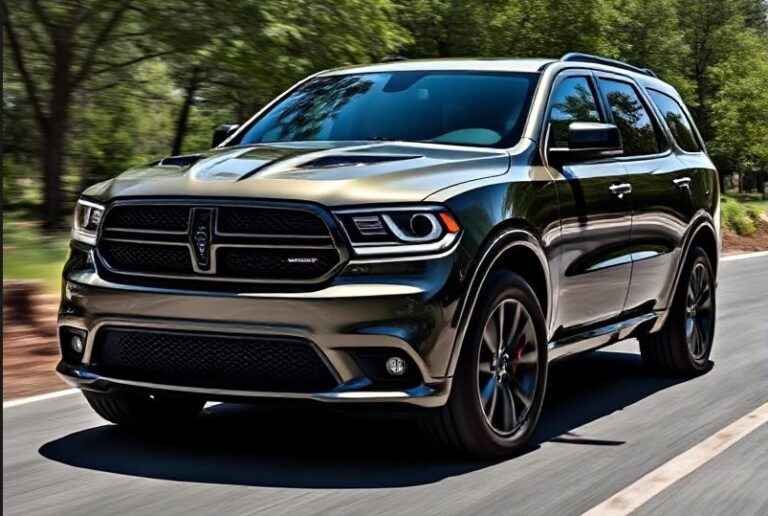The Evolution of the Chevrolet Agile
Introduction
The Chevrolet Agile was a subcompact car that marked Chevrolet’s foray into the increasingly competitive small car segment, especially in Latin American markets. Introduced in 2009 and produced until 2016, the Agile was designed to appeal to young, urban consumers seeking affordability, practicality, and modern styling. Over its production lifespan, the Agile underwent various updates, trim level configurations, and market adaptations that reflected changing consumer preferences and technological advancements.
1. Origins and Introduction (2009)
The Chevrolet Agile was officially launched in 2009, primarily targeting markets in Latin America, including Brazil, Argentina, and Mexico. Developed with a focus on affordability, efficiency, and contemporary design, the Agile was based on the GM Gamma II platform, which it shared with other small cars such as the Chevrolet Spark (M300).
Market Positioning:
- Compact hatchback and sedan variants
- Targeted urban drivers and young professionals
- Competed with models like the Fiat Palio, Volkswagen Gol, and Hyundai i20
Design and Features at Launch:
- Exterior styling characterized by a youthful, modern look
- Interior features aimed at maximizing space and comfort
- Engine options primarily focused on fuel efficiency
2. Production Years and Major Updates (2009-2016)
The Chevrolet Agile was produced from 2009 through 2016, with its manufacturing primarily based at GM’s facilities in Latin America. During this period, the model saw incremental updates, especially in terms of features, safety, and trim options.
Key Production Milestones:
- 2009: Launch of the Agile in Brazil and other Latin American markets
- 2012: Facelift introducing design refreshes and new features
- 2015-2016: Final model years before discontinuation
3. Model Variants and Trim Levels
Throughout its production, the Agile was offered in various trim levels, each catering to different customer needs and budgets. The specific trims varied by country but generally included base, mid-range, and top-tier versions.
Initial Launch (2009):
- LS: The base model, offering essential features such as manual windows, basic audio, and manual transmission.
- LT: Added features like power windows, air conditioning, and upgraded audio.
- LTZ (sometimes available): Top-tier trim with additional comfort and convenience features, such as alloy wheels, power mirrors, and enhanced interior trim.
Post-2012 Facelift:
The 2012 update introduced visual and feature upgrades, and the trim levels were often simplified or renamed depending on the market:
- LS: Entry-level, basic equipment
- LT: Mid-range, with added comfort features
- LTZ: Top-tier, premium features and styling elements
Some markets also introduced special editions or packages, such as:
- Sport: Featuring sportier styling cues and sometimes upgraded suspension or wheels
- Eco: Emphasizing fuel efficiency with engine tuning or aerodynamic enhancements
4. Engine Options and Mechanical Variations
Initially, the Agile was powered primarily by small-displacement gasoline engines designed for fuel economy:
- 1.4L Econo.Flex (flex-fuel capable in Brazil): The most common engine throughout its life, producing around 98 horsepower.
- 1.4L (gasoline-only variants in some markets)
- 1.8L (offered in certain markets, mainly for sedans or special editions)
Transmission options included:
- 5-speed manual transmission (standard)
- 6-speed automatic transmissions (available in some markets and models, especially in later years)
The Agile’s platform and mechanical components were designed to maximize efficiency while maintaining reliability and ease of maintenance.
5. Design and Exterior Evolution
The initial 2009 model featured a youthful, modern hatchback design with distinctive front grille, large headlights, and a compact silhouette. The 2012 facelift brought notable changes:
- Redesigned front grille with a more prominent Chevrolet bowtie
- Updated headlights and taillights
- Slightly reshaped bumpers for a more contemporary look
- Interior improvements for a more modern feel
The sedan variant, called the Chevrolet Agile Sedán, was introduced early in its lifecycle, offering a more traditional trunk design aimed at customers seeking practicality and additional cargo space.
6. Interior and Technology
Throughout its production, the Agile’s interior evolved to include:
- Improved dashboard design with modern instrumentation
- Optional touchscreen infotainment systems in later models
- Enhanced audio options, including Bluetooth connectivity
- Increased focus on driver comfort with better seat materials and ergonomics
However, as an entry-level vehicle, the Agile generally offered modest interior features compared to more premium competitors. Its focus remained on affordability and utility.
7. Safety Features and Ratings
Safety features in the Agile improved over its lifespan:
- 2009-2012 models: Basic safety features such as driver’s airbag, ABS brakes, and seatbelt pretensioners
- 2013 onwards: Addition of passenger airbags, improved crashworthiness, and optional stability control in higher trims
- Safety Ratings: Varying by country; generally achieved acceptable ratings in Latin American safety tests but was not tested extensively by global agencies like Euro NCAP.
.
THIS might be a great place to get your new car from!
Or for those who are into the “car flipping” business, here’s an excellent resource for you!

.
8. Discontinuation and Market Context
By 2016, the Chevrolet Agile was phased out due to shifting market demands, increased competition, and the introduction of newer models. Its successor in some markets was the Chevrolet Onix, which offered more modern styling, technology, and efficiency.
Reasons for Discontinuation:
- Aging platform and design
- Increasing safety and technology expectations
- Market preference shifting toward more sophisticated compact cars
9. Legacy and Impact
The Chevrolet Agile remains a notable model in Latin America’s automotive history for its role as an affordable, practical, and youthful vehicle. It helped Chevrolet establish a foothold in the subcompact segment and served as an accessible mobility solution for many consumers.
Despite its discontinuation, the Agile’s legacy persists in the form of its influence on subsequent Chevrolet models and its popularity among budget-conscious buyers.
Conclusion
The Chevrolet Agile’s evolution from its 2009 launch to its end in 2016 illustrates the typical lifecycle of a small car in a competitive segment. It underwent visual and feature updates, introduced various trim levels to cater to different tastes and budgets, and adapted to market demands with mechanical and technological improvements. While no longer in production, the Agile’s contribution to Chevrolet’s lineup, particularly in Latin America, remains a noteworthy chapter in the brand’s history of offering affordable, reliable transportation.



